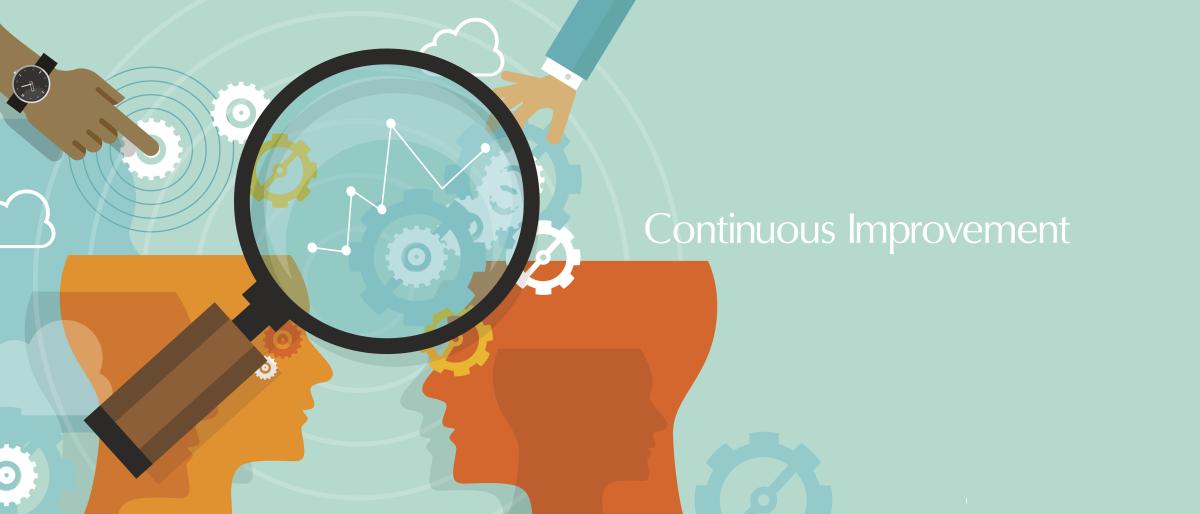 ...
...
How would you like to be a Guest Blogger for KMI? Email us at: info@kminstitute.org and let us know your topic(s)!
The Agile and KCS Intersection for Continuous Improvement, Collaboration, and Knowledge Management
 Agile is an interactive process focusing on small sprints emphasizing constant review, feedback, and collaboration for continuous improvement. This is exactly what forms the baseline for a successful KCS setting.
Agile is an interactive process focusing on small sprints emphasizing constant review, feedback, and collaboration for continuous improvement. This is exactly what forms the baseline for a successful KCS setting.
KCS fosters a culture of collaboration for effective and dynamic knowledge sharing and creation that is relevant, accurate, updated, and ever-evolving and can be used by teams for effective problem-solving to boost customer satisfaction while reducing time and cost for training.
Here is how the Intersection works seamlessly:
Continuous Improvement: In an Agile software development team, after each sprint, the team holds a retrospective to identify what worked well and what didn’t, what has changed, and what can be improved. They decide to document solutions to recurring issues in a knowledge base, following KCS practices. This helps the team in future sprints but also aids new team members in getting up to speed quickly to the known solutions.
Collaboration and Shared Ownership: Agile methodology encourages shared ownership, fostering collaboration in problem-solving and achieving better outcomes. By documenting and updating these outcomes during each iterative session, both explicit and implicit knowledge is captured effectively and made readily available for reuse.
Customer Focus: Agile focuses on delivering value to the client and customers by continuously aligning development with their needs and feedback and the core principle of KCS is to improve customer satisfaction by providing accurate, timely, and relevant knowledge that helps in resolving issues faster.
Now let us see how we can lean on the Agile method to implement a successful KCS-based knowledge management practice.
During each sprint, dedicate time to review and update the knowledge base with any new information or solutions developed, and hold a knowledge review session at the end of the sprint to over the resolved issues and align with knowledge workers to update the knowledge base accordingly.
Similar to scrum masters or product owners, a dedicated knowledge champion role should be assigned who liaise with the knowledge workers to ensure that knowledge management practices are followed and that the knowledge base remains up-to-date.
Implement a feedback loop to use customer and team feedback to continuously improve both the product and the knowledge base.
For example, after a sprint review, collect feedback on the usefulness of the knowledge articles and make necessary updates to improve clarity and relevance.
When Agile and KCS methodologies are combined, they form a strong foundation for ongoing improvement, teamwork, and efficient knowledge management. By incorporating knowledge sharing and creation into Agile practices, teams can boost their productivity, enhance customer happiness, and promote a culture of growth and openness.
 Ekta Sachania has over 15 years of experience in learning and talent development disciplines, including knowledge management, content management, and learning & collaboration with expertise in content harvesting, practice enablement, metrics analysis, site management, collaboration activities, communications strategy and market trends analysis. Demonstrated success in managing multiple stakeholder expectations across time zones and exhibiting good project management skills, by successfully developing and deploying projects for large audiences. Ability to adapt and work in emerging areas with fast-shifting priorities. Connect with Ekta at LinkedIn...
Ekta Sachania has over 15 years of experience in learning and talent development disciplines, including knowledge management, content management, and learning & collaboration with expertise in content harvesting, practice enablement, metrics analysis, site management, collaboration activities, communications strategy and market trends analysis. Demonstrated success in managing multiple stakeholder expectations across time zones and exhibiting good project management skills, by successfully developing and deploying projects for large audiences. Ability to adapt and work in emerging areas with fast-shifting priorities. Connect with Ekta at LinkedIn...
Other Featured Blogs by Ekta:
Archives
- September 2018 (1)
- August 2018 (2)
- July 2018 (1)
- June 2018 (1)
- May 2018 (3)
- April 2018 (2)
- March 2018 (1)
- February 2018 (1)
- January 2018 (2)
- December 2017 (1)













